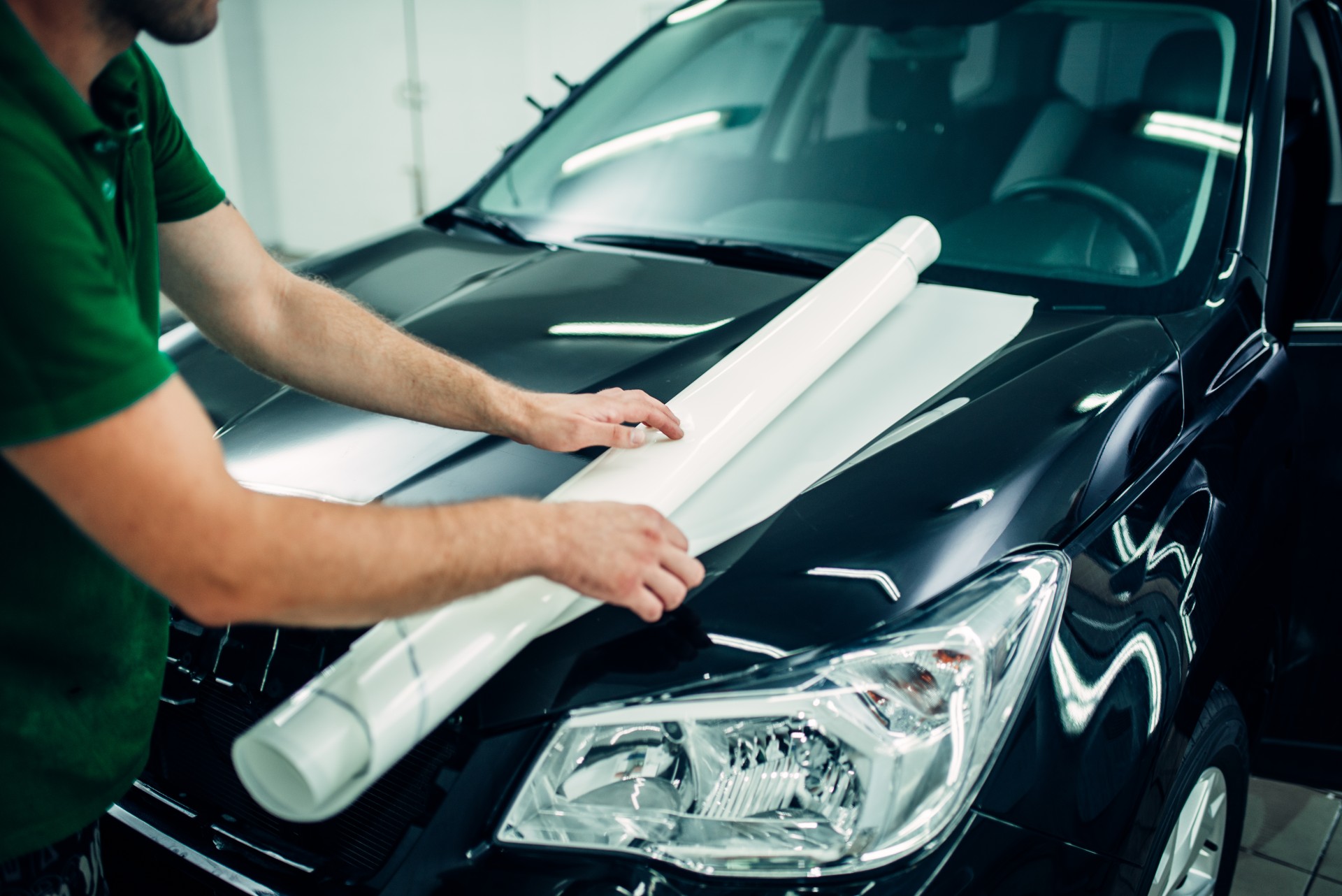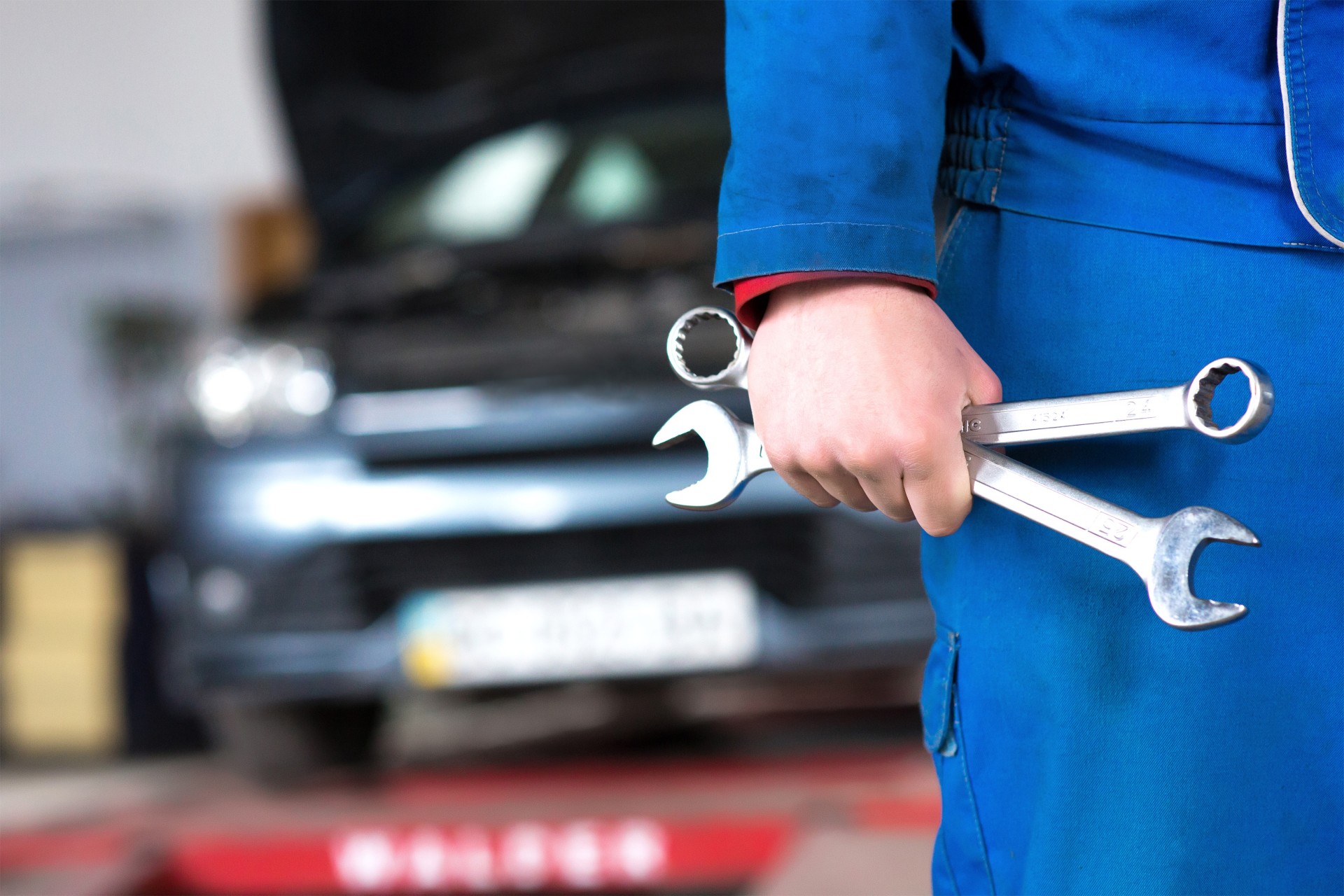
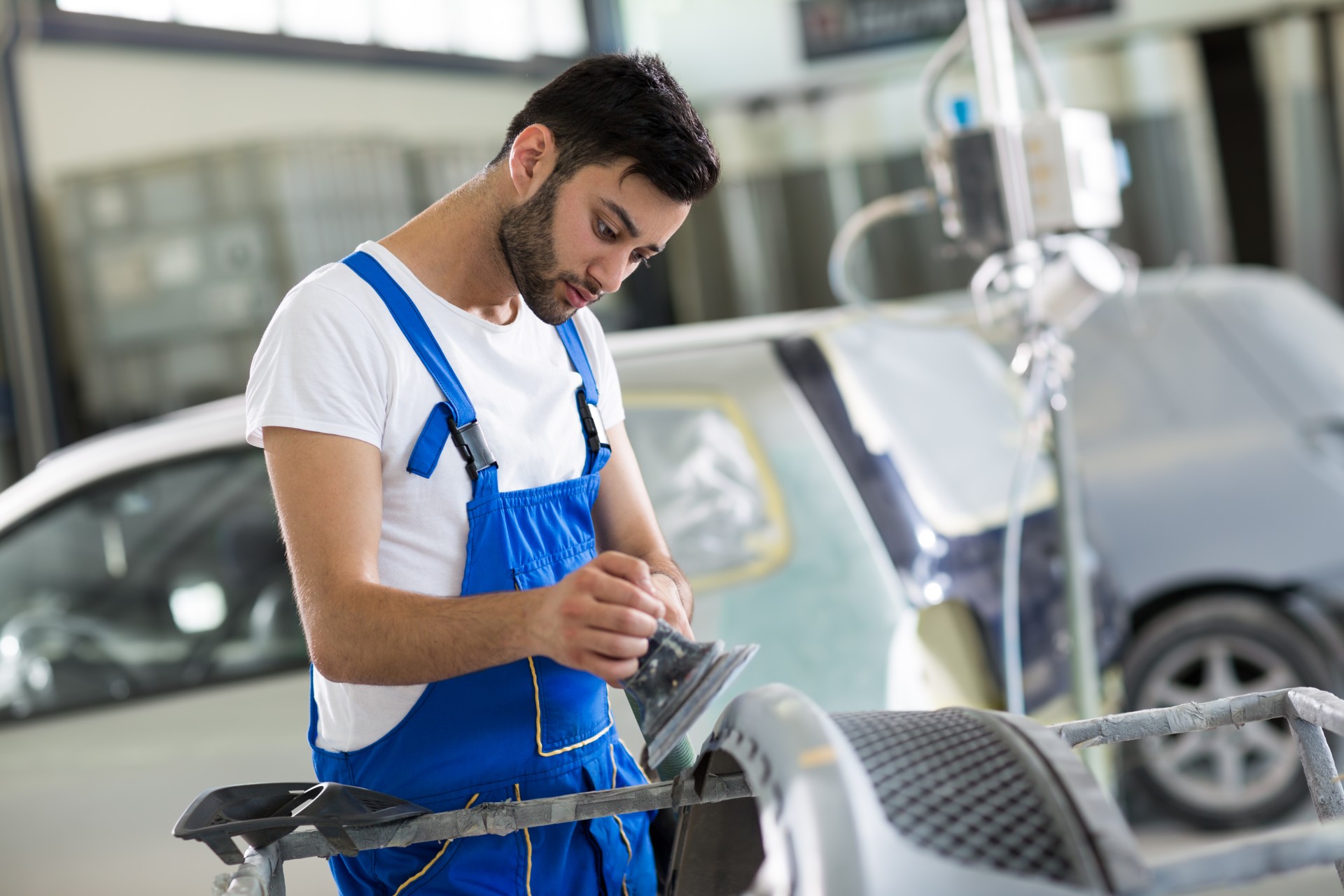
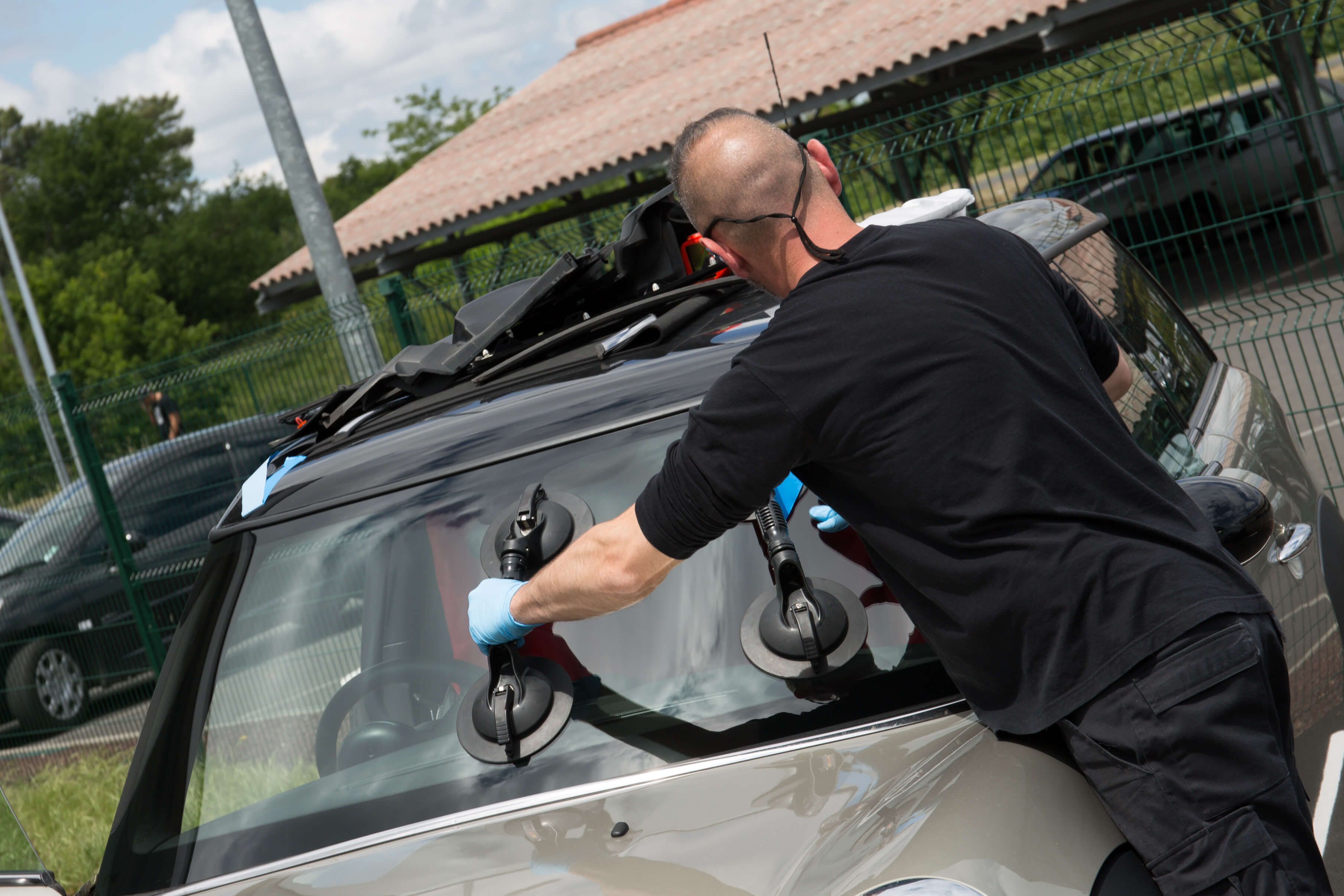
Navigating the complex terrain of auto glass damage can be baffling. Is it a chip or a crack that's marrying your view? This guide seeks to clarify these terms and give you a clear understanding of what you're facing.
Let's demystify the elements of auto glass before discussing how to handle any damage.
Two main types of auto glass are prevalent: laminated and tempered. For windshields, manufacturers employ laminated glass, which is essentially two layers of glass bonded with a plastic layer sandwiched in between. This structure ensures it remains whole upon impact.
Conversely, tempered glass, used for side and rear windows, is heat-treated to break into small, non-hazardous fragments when shattered.
This basic understanding of the different materials used in auto glass is key to evaluating damage and choosing the best repair strategy.
We believe in educating our customers about these details to ensure a shared understanding when discussing auto glass maintenance.
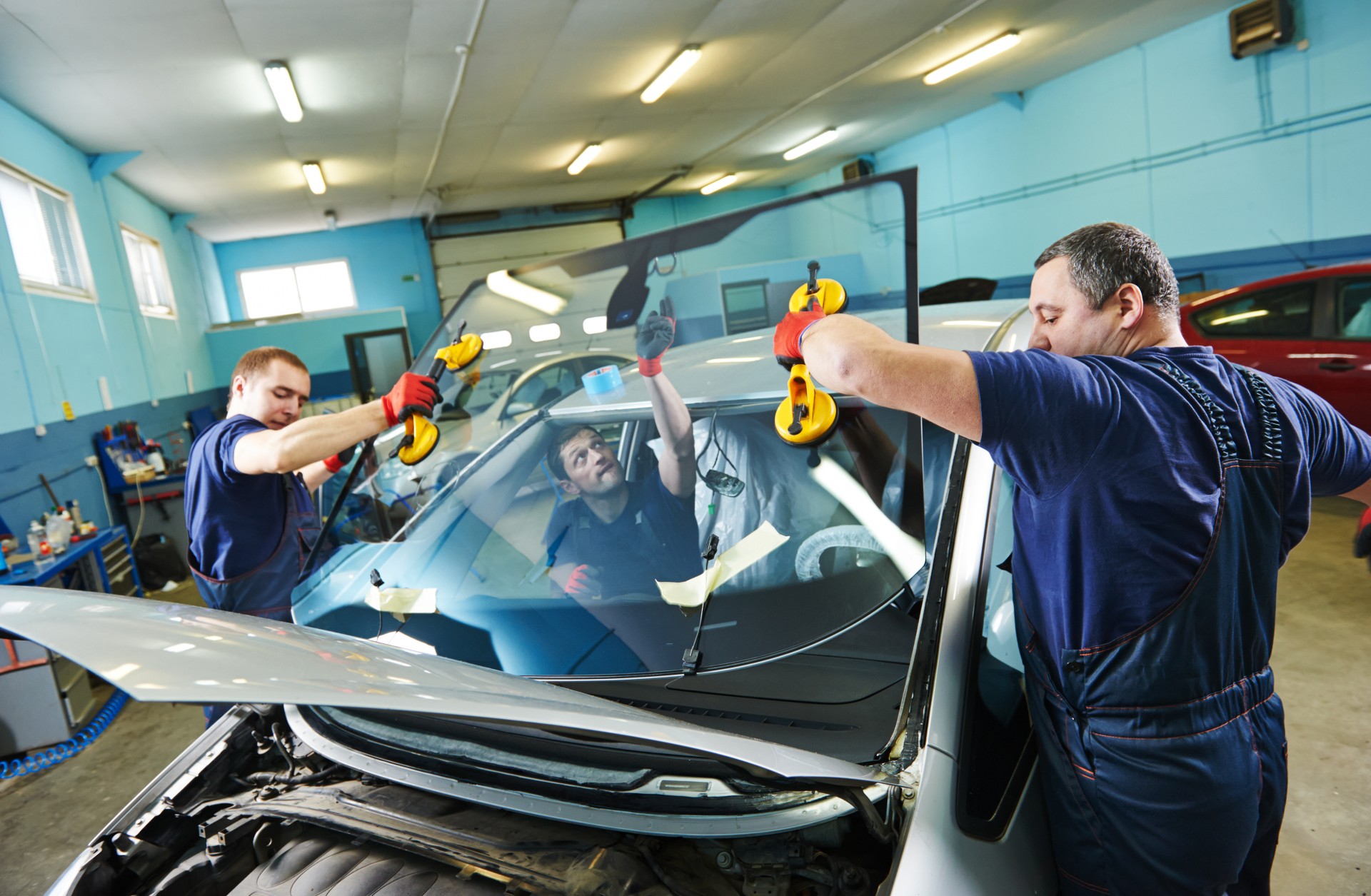
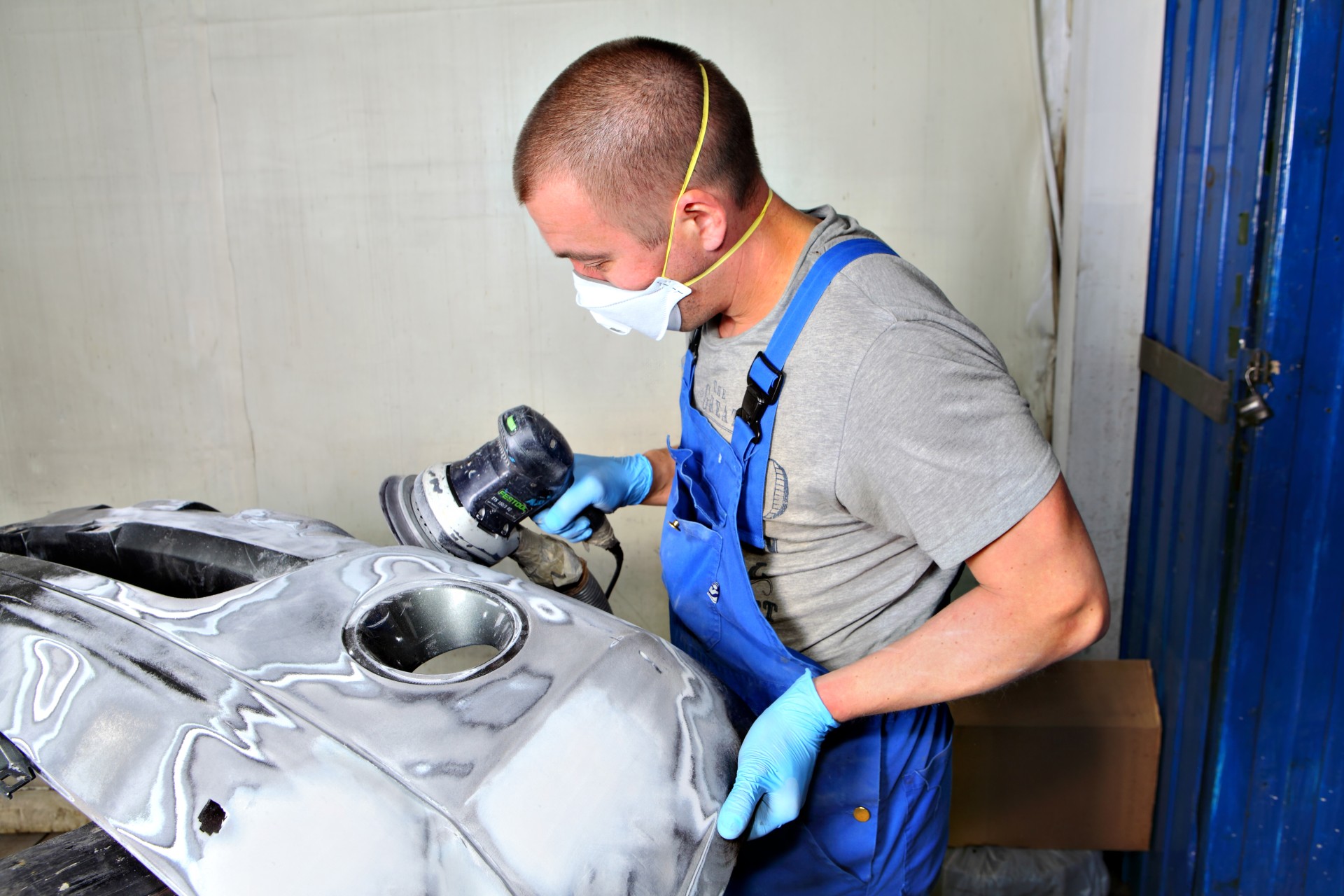
We've just taken a brief look at the world of auto glass. Now let's shift our focus to the various forms of windshield damage you may come across.
One common form is chips, typically resulting from small rocks or other debris striking the windshield.
These may appear as tiny holes or grooves in the glass, differing in size and form.
Then there are cracks, essentially linear fractures that can span from a few inches to the length of your entire windshield.
Finally, we've bullseyes, which are circular damage patterns reminiscent of a dartboard.
Recognizing these types of damage is crucial because each demands a unique repair approach.
Up next, we'll be discussing how to determine the severity of such damages.
Evaluating the extent of damage to a windshield goes beyond a mere glance. It involves a keen look into the size, location, and type of the damage - factors that significantly guide the appropriate response.
Size: Bigger chips or cracks usually call for a more thorough repair or might even necessitate a total replacement.
Location: Damages on critical areas such as the driver's line of vision or the edges of the windshield often call for replacement due to safety considerations.
Type: Certain kinds of damages, like bulls-eye chips or star-shaped cracks, can typically be fixed, while others, such as multiple cracks or complex breaks, often lead to the need for a windshield replacement.
These factors provide a roadmap to effectively addressing the needs of our customers and ensuring their safety.


Deciding to repair or replace involves evaluating two key aspects: cost efficiency and safety.
Repairing is often the less expensive choice - it's quick, effective, and can successfully reinforce the structure of the glass. But, safety shouldn't be compromised for cost.
If the damage has reached the deep layers of the glass, obstructs the driver's view, or is bigger than a dollar bill, replacing is the way to go. The fresh glass acts as a dependable shield between the passengers and the external environment, ensuring their security.
It's essential to assess the damage's size and position before making your choice. It isn't merely about saving a few bucks, but more importantly, guaranteeing that the vehicle is safe for use.
Our primary concern is to uphold safety.
Windshield damage isn't always avoidable, but we can take certain measures to reduce its likelihood.
Consistent Check-ups: Make it a habit to inspect your windshield for small chips and cracks regularly. This early detection can halt further damage, saving you the trouble of expensive repairs or even a total replacement.
Smart Parking Choices: Be cautious when choosing where to park. Try to avoid parking underneath large trees or close to construction sites where falling branches or debris might result in significant damage.
Invest in Good Wipers: Don't underestimate the impact of good wipers. Old or subpar wipers may scratch your windshield, opening the door for potential cracks.
